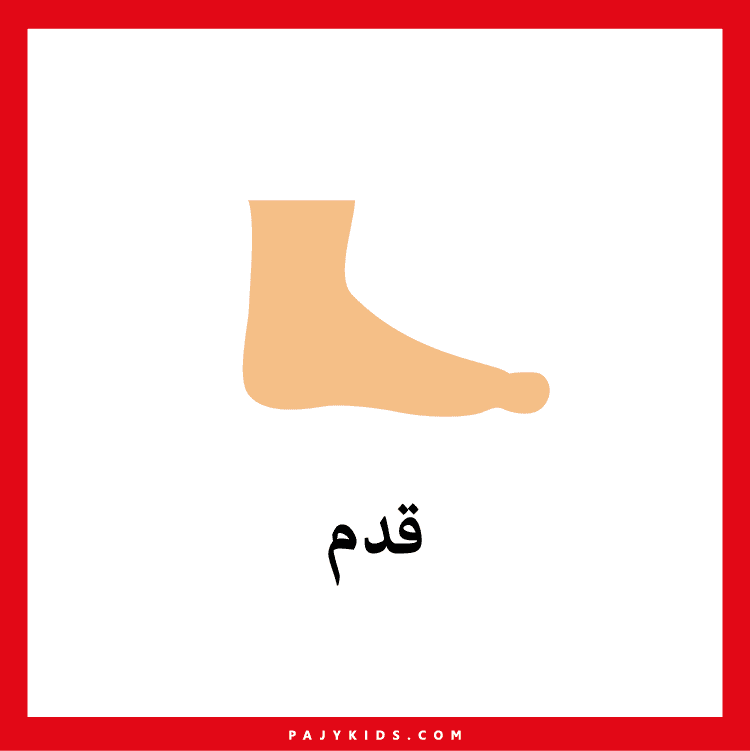Table of contents
Introducing children to the human body through learn Arabic flashcards offers a dynamic and engaging way to support early vocabulary development. These flashcards combine vivid illustrations with Arabic terms, helping preschoolers associate each body part with its correct name in a meaningful, visual context.
Using learn Arabic flashcards to teach body parts enhances a child’s ability to connect words to images, strengthening both memory and language recognition. This visual approach simplifies the learning process, making it easier for young learners to absorb and retain new Arabic terms.
Preschool educators often use learn Arabic flashcards during circle time or in small groups to encourage discussion and repetition. This interaction helps build pronunciation accuracy and fosters a fun, collaborative learning environment centered around the human body.
Incorporating learn Arabic flashcards into daily activities supports multisensory learning. Children can point, say, match, and even act out body parts as they learn them—an approach that appeals to various learning styles and keeps young minds engaged.
Parents can also benefit from learn Arabic flashcards at home by using them as part of daily routines or learning games. Repeated exposure to the same vocabulary in different settings helps reinforce learning and build a strong language foundation.
When used consistently, learn Arabic flash cards serve as a stepping stone to more advanced language skills. Children begin to use the terms confidently in conversation, recognizing them in songs, books, and other classroom materials.
Overall, learn Arabic flash cards for body parts offer a simple yet powerful tool for early education. They not only help children learn the basics of anatomy but also cultivate a love for the Arabic language through playful and purposeful activities.
Interactive Activity with Learn Arabic Flashcards for Preschoolers

The Power of Visual Learning: Learn Arabic Flashcards Explained

Boost Language Skills with Learn Arabic Flashcards at Home

Preschool Learning with Learn Arabic Flashcards for Body Parts

Names of the components of the human body with pictures for children
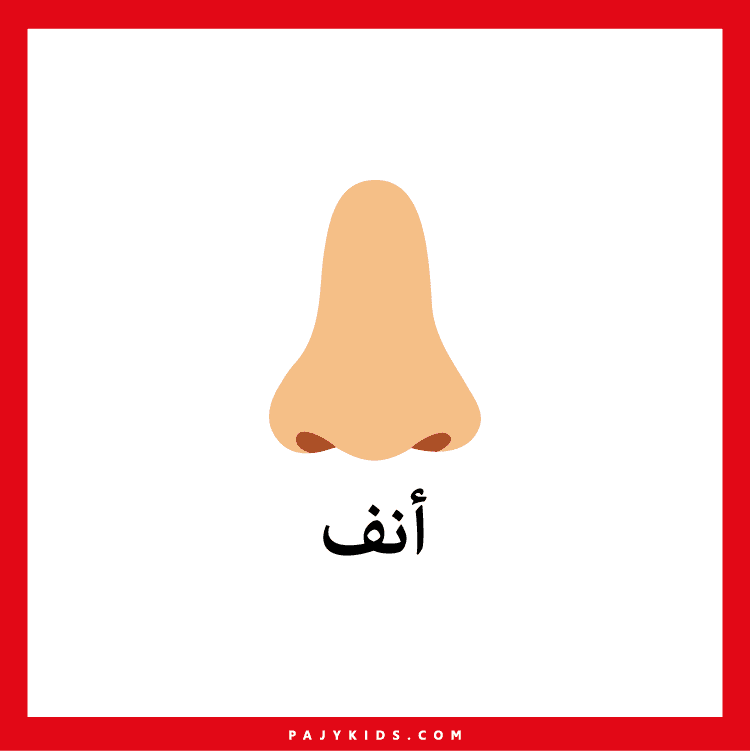
Main parts of the body in Arabic for children

Teaching children body parts with pictures

Body Parts Flashcards for Kids PDF
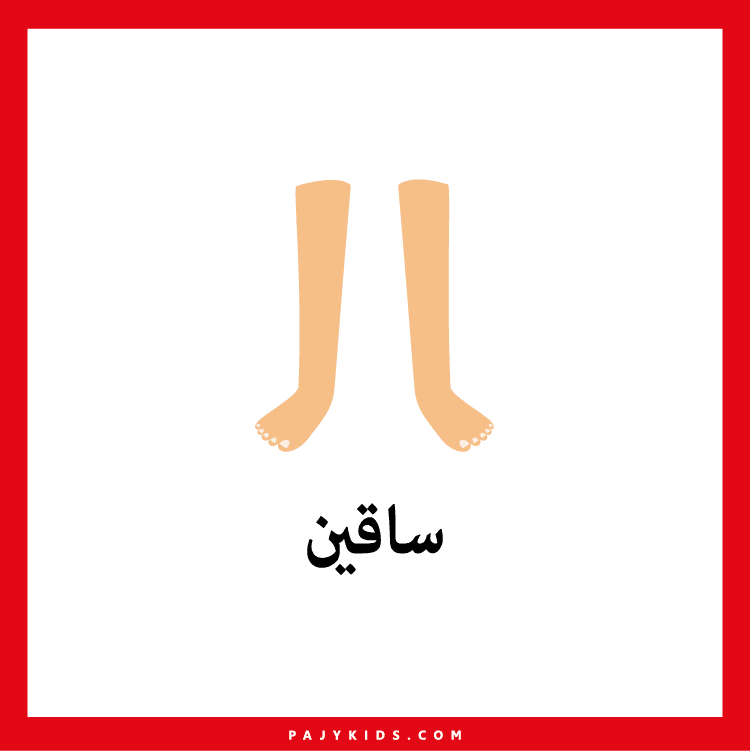
Body parts names in Arabic for kindergarten
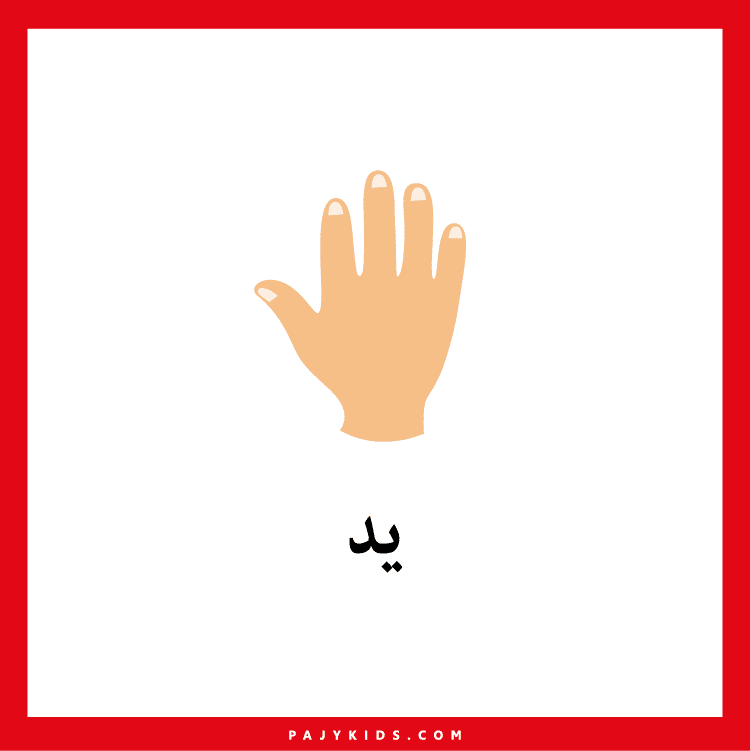
Learn body parts for children with pictures
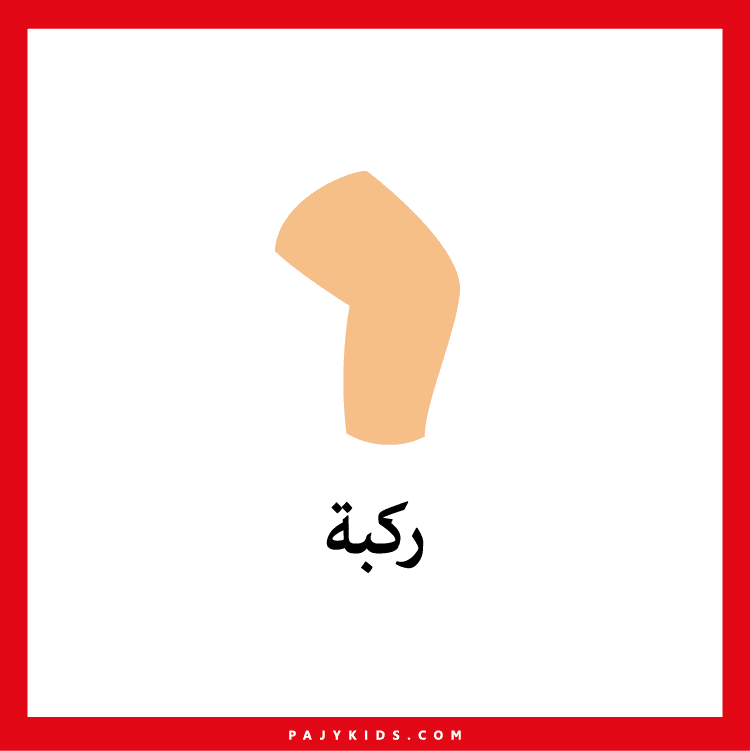
Teaching body parts in Arabic for children
